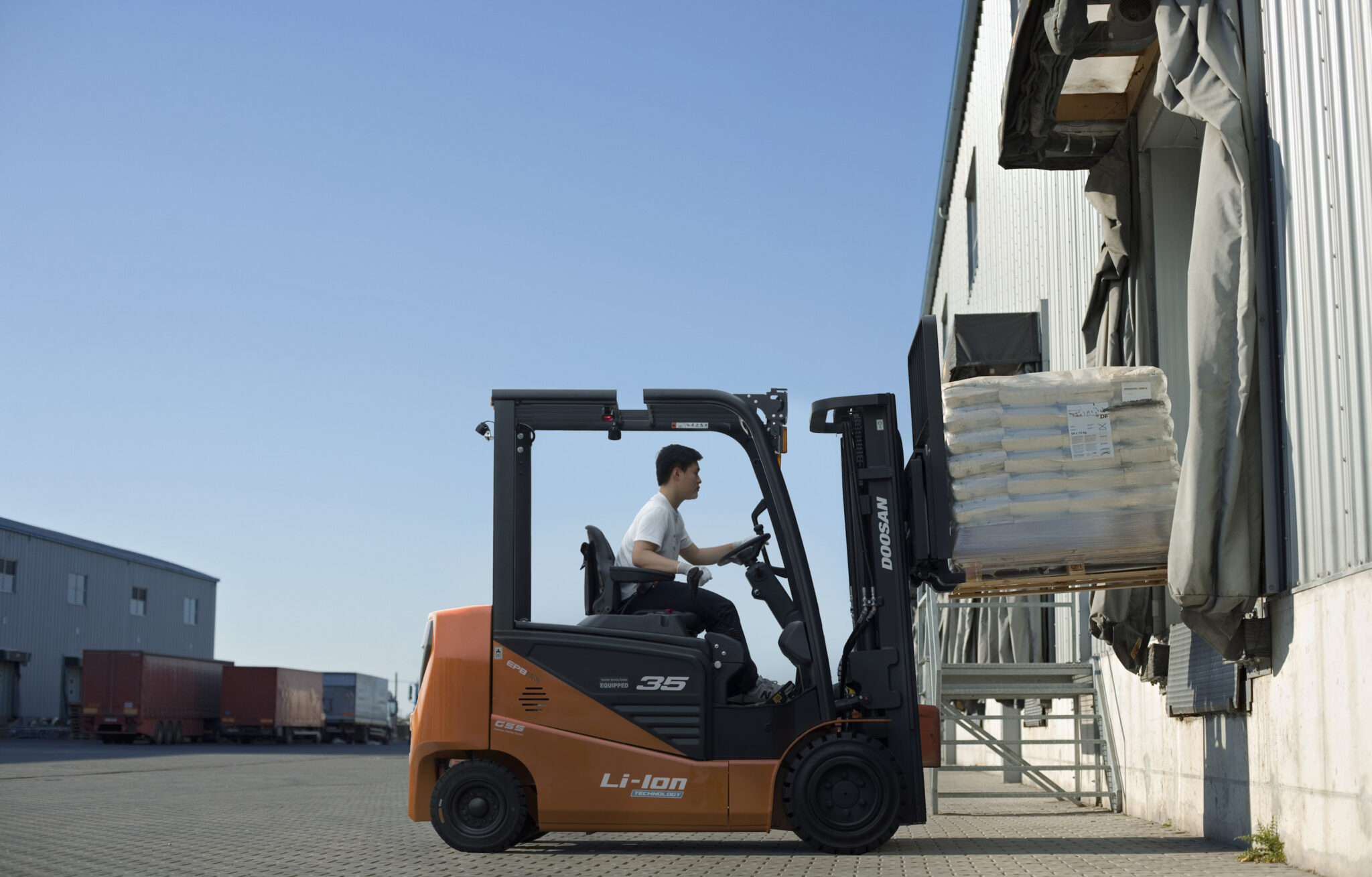The new uEye XLE camera family from IDS (pictured) has been developed for high-volume and price-sensitive projects, ideal for industrial applications.
Affordable, compact and powerful
Thanks to their space-saving design, practical USB3 interface and support of the USB3 Vision
Standard, the industrial cameras can be easily integrated into any machine vision system. Customers can
choose between single-board cameras with or without C-/CS-mount or S-mount as well as variants with
coated plastic housing. The first models will be equipped with the light-sensitive 5 MP sensor ON Semiconductor AR0521.
There are almost no limits to the possible applications of the new camera family. “It will prove its worth in small appliance construction, measurement technology, transport and even agricultural applications,” explains Jürgen Hejna, Product Manager at IDS. The cameras also show their strengths in classic industrial applications such as surface inspection. Thanks to their compact dimensions, the models fit into the smallest of spaces, for example as embedded vision solutions. The price-optimised design makes the cameras particularly interesting for applications where costs are the main concern. Therefore, the company also offers a large number of inexpensive lenses for the cameras.
All uEye XLE camera models feature a USB3 interface (SuperSpeed USB, 5 Gpbs) and are 100 percent GenICamcompliant. The cameras can be used with any software that supports the USB3 Vision Standard. For an optimal user experience, the company recommends the use of IDS peak. The free SDK includes all necessary components from source code samples to transport layer, so that customers can start developing their own applications right away.









